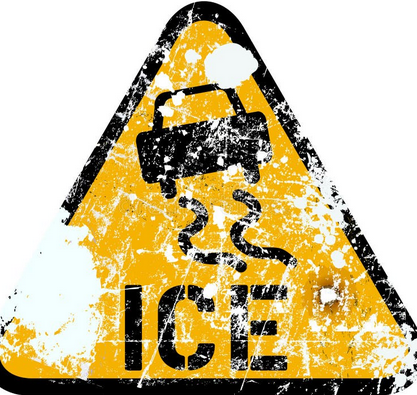An icy warning: On threats from contracting glaciers
Threats from contracting glaciers should be in the same category of risk as cyclones and earthquakes
Few barometers measure the climate crisis as evocatively as the state of glaciers, a key component of the cryosphere. The World Meteorological Organization’s recent report, The Global Climate 2011-2020, gives a broad view of the planet’s response to greenhouse gas emissions. In the section on the state of glacier health, it points out that, on average, the world’s glaciers thinned by approximately a metre a year from 2011 to 2020. When compared across decades, there is significant regional variability, but the overall pattern remains that glaciers in all regions of the world are becoming smaller. In fact, some of the reference glaciers, which are used to make long-term assessments of glacier health, have already melted away as the nourishing winter snow is completely melting away during summer. In Africa, glaciers on the Rwenzori Mountains and Mount Kenya are projected to disappear by 2030, and those on Kilimanjaro by 2040. The report points to the rapid growth of pro-glacial lakes and the likelihood of glacier lake outburst flood (GLOF), posing additional threats to ecosystems and livelihoods. The reports singled out how “...water from glacial melt contributed to one of the decade’s worst flooding disasters, the Uttarakhand floods of June 2013”.
The fury of a GLOF event was brought home this year by the destruction of the Chungthang dam in Sikkim after the South Lhonak Lake flooded from a melting glacier, triggering catastrophe downstream. Earlier this year, a separate report by the International Centre for Integrated Mountain Development found that the disappearance of glaciers in the Hindu Kush Himalayas was “65% faster in the 2010s than in the previous decade”. At the current rate of global greenhouse gas emissions, which is expected to see temperatures increase by 2.5°-3°C by the end of the century, the volume of glaciers is forecast to decline anywhere from 55% to 75%. This means sharp reductions in freshwater supply in the immediate vicinity of 2050. The sensitivity of glacier systems to warming underlines the need for their careful monitoring. Despite awareness of the risks posed by Himalayan glaciers there is no early warning system for the likelihood of GLOF events. Much like warnings before cyclones, floods and earthquakes, authorities must elevate threats from contracting glaciers to the same category of risk. Correspondingly, there is a need to make comprehensive risk assessments, map regions of vulnerability and commission infrastructure development with the highest standards of care.
